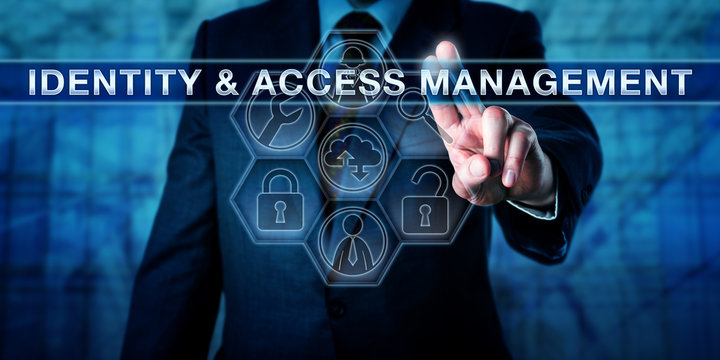IAM Maturity Assessment..


Elevate Your IAM Practices with Sennovate
Managing who has access to your systems and data is essential in today’s digital world. At Sennovate, we specialize in helping organizations take a closer look at their Identity and Access Management (IAM) practices with our IAM Maturity Assessment. This isn’t just about checking boxes—it’s about ensuring your IAM framework works for you, enhancing security, simplifying user access, and aligning with your goals. Whether you’re dealing with compliance challenges or looking to improve user experience, we’ll guide you every step of the way.
What Does Our IAM Maturity Assessment Cover?
IAM Strategy and Governance
- Governance Structure: Assesses IAM roles, responsibilities, decision-making, and oversight to ensure clear ownership and accountability.
- IAM Policies and Standards: Reviews policies on access control, passwords, authentication, and user lifecycle for alignment with business goals and regulations (e.g., GDPR, HIPAA, SOX).
- Compliance and Regulatory Alignment: Ensures IAM practices comply with standards like GDPR, HIPAA, PCI-DSS, and NIST, with mechanisms to manage compliance effectively.
- RBAC and Least Privilege: Evaluates RBAC implementation and enforcement of least privilege to limit access based on job role
Identity Lifecycle Management
- User Provisioning and De-provisioning: Reviews tools and processes for managing user accounts, ensuring they are secure, automated, and efficient.
- Self-Service Capabilities: Assesses self-service portals for tasks like password resets and access requests, improving user experience and reducing IT workload.
- Onboarding and Offboarding: Examines onboarding and offboarding processes to ensure proper de-provisioning and prevent unauthorized access.
- Account Reconciliation: Evaluates methods to synchronize and reconcile user accounts, avoiding orphaned accounts and inconsistencies.
Authentication & Authorization Mechanisms
- Multi-Factor Authentication (MFA): Evaluates MFA implementation to enhance security for accessing sensitive systems and data.
- Single Sign-On (SSO): Reviews SSO adoption to streamline access with a single set of credentials while improving security.
- Adaptive Authentication: Assesses the use of dynamic access controls based on factors like device, location, or user behavior.
- Password Management: Examines password policies, expiration rules, and secure storage to enforce strong credential practices.
Access Control and Privileged Access Management (PAM)
Technology and Tool Evaluation
- IAM Tools and Integration: Reviews IAM solutions (e.g., Active Directory, Okta) and their integration across on-premises, cloud, and hybrid systems.
- Identity Federation: Evaluates the use of federation protocols (e.g., SAML, OAuth) for seamless access across platforms and organizations.
- IAM Automation: Assesses automation in processes like provisioning, access reviews, and compliance to reduce errors and workload.
Security and Risk Management
Audit and Reporting
- Access Auditing: Reviews audit capabilities to track user activities and detect security incidents.
- Compliance Reporting: Evaluates the ability to generate IAM reports for regulatory requirements like GDPR and HIPAA.
- Forensic Capabilities: Assesses IAM logs for supporting forensic investigations of security incidents.
Scalability and Adaptability
Continuous Improvement and Roadmap
- IAM Strategy and Roadmap: Assesses whether the IAM strategy aligns with business goals and evolves to address emerging threats.
- IAM Metrics and KPIs: Reviews key metrics like incident response times and compliance rates to evaluate IAM effectiveness.
- IAM Awareness and Training: Evaluates efforts to promote ongoing user training on security best practices, such as MFA and phishing prevention.
Let’s Build a Stronger IAM Together
At Sennovate, we don’t just assess your IAM system—we empower you to improve it. Our tailored approach ensures your IAM framework is secure, efficient, and aligned with your business objectives.



